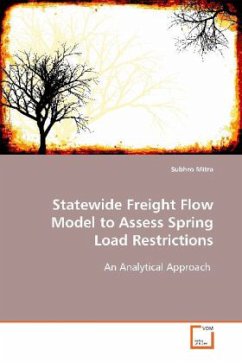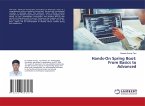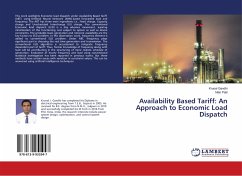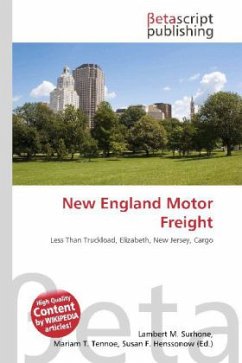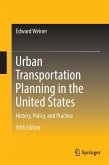This book presents a unique application of statewide
freight planning; it is used to analyze the effects
of spring load restrictions on freight flows. The
model estimates freight transportation cost savings
by removing spring load restrictions, which can be
realized by improving the state highway system. The
data for agricultural freight are estimated from the
satellite imagery of the crop layers of North Dakota
using spatial analysis and an algorithm developed for
this purpose. The freight flow record for
manufactured goods is obtained from the
second-generation FAF database. To capture the
effects of spring load restriction, which is dynamic
and moves from the southern to northern part of the
state of North Dakota, the concept of the onion model
is applied. Benefit/cost analysis is done with the
dollar value of reduced Vehicle Miles Traveled,
Vehicle Hours Traveled and cost of highway
improvements to evaluate the financial viability of
infrastructure investments in the state of North Dakota.
freight planning; it is used to analyze the effects
of spring load restrictions on freight flows. The
model estimates freight transportation cost savings
by removing spring load restrictions, which can be
realized by improving the state highway system. The
data for agricultural freight are estimated from the
satellite imagery of the crop layers of North Dakota
using spatial analysis and an algorithm developed for
this purpose. The freight flow record for
manufactured goods is obtained from the
second-generation FAF database. To capture the
effects of spring load restriction, which is dynamic
and moves from the southern to northern part of the
state of North Dakota, the concept of the onion model
is applied. Benefit/cost analysis is done with the
dollar value of reduced Vehicle Miles Traveled,
Vehicle Hours Traveled and cost of highway
improvements to evaluate the financial viability of
infrastructure investments in the state of North Dakota.

